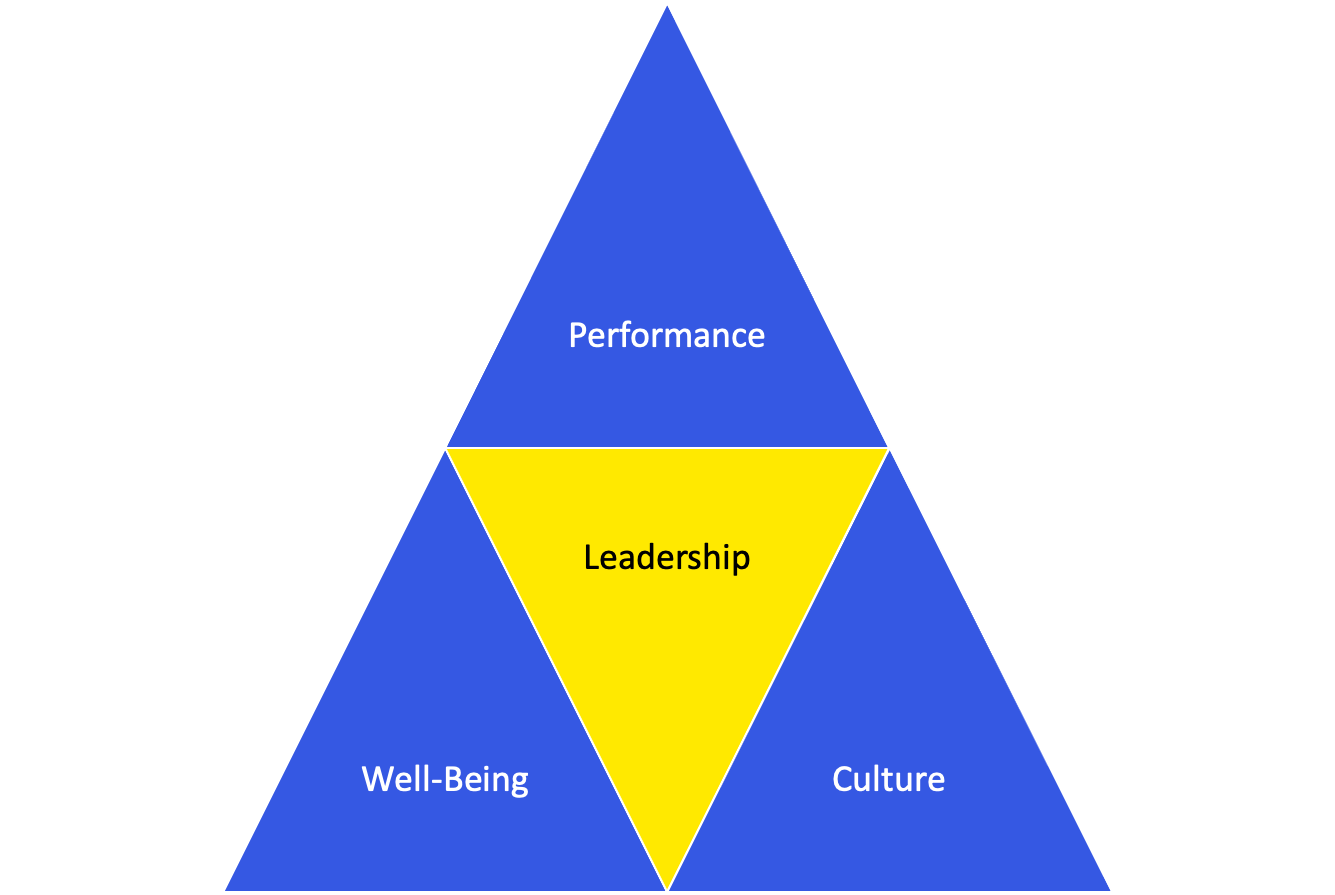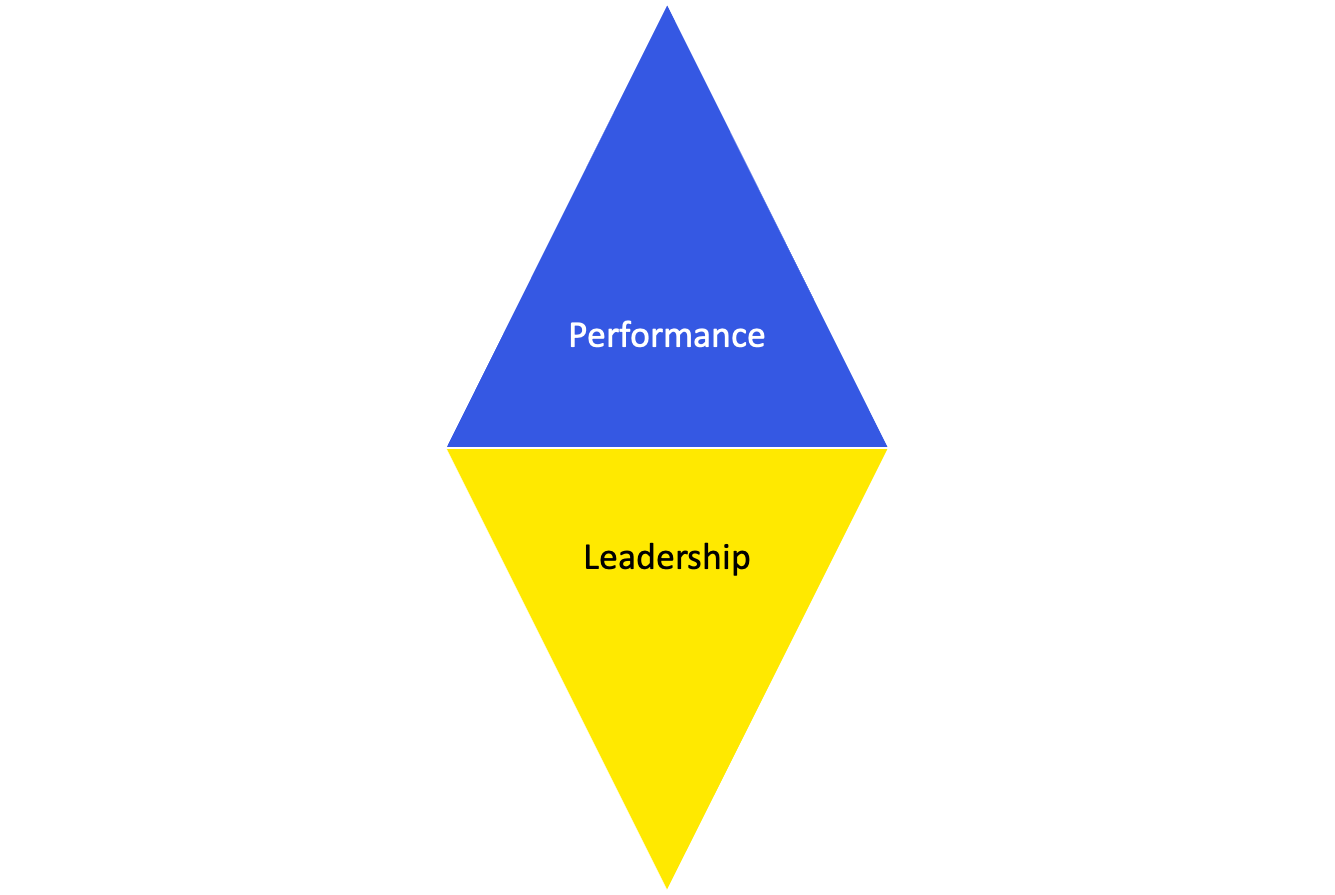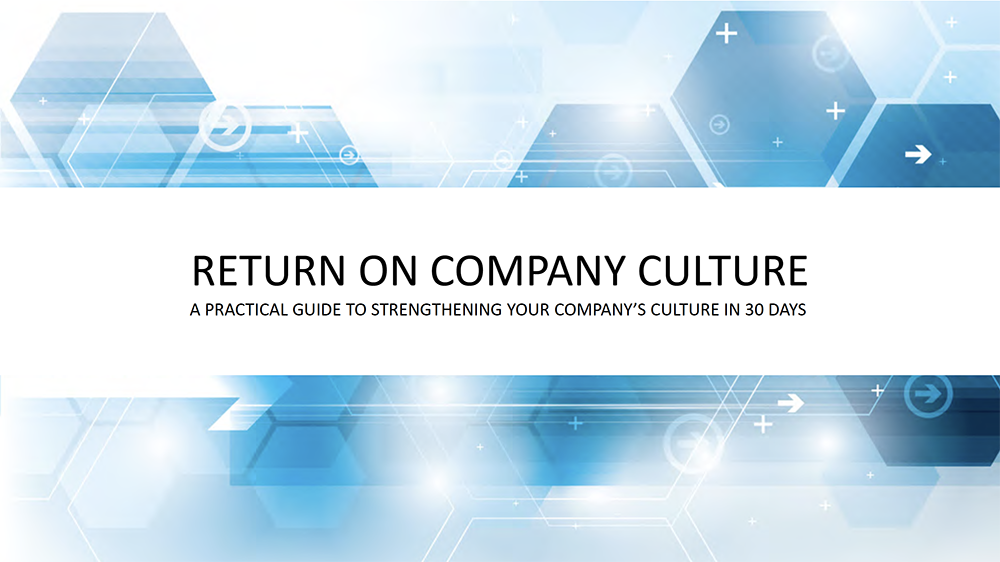Today, there is a significant focus and emphasis placed on the actions and considerations executives and senior leaders need to undertake to support their workforce. Much of this began as a response to harassment issues in the mid to late 1980s and has evolved as a need to address retention, recruitment, and public image.
What began as a response to legal liability has evolved into a strategic necessity. Although a strategic necessity, we found, through leadership round tables and research surveys, many executives and senior leaders perceive the actions and considerations they must undertake for their workforce as tedious and a distraction from their core business objectives.
At The Culture Think Tank, we believe much of this sentiment is due to the direction of the conversation. Most of the discussions are about what leaders need to do for the workforce. There is little discussion about the benefits leaders gain by addressing the needs of their workforce.
In order to help visualize the benefits executives and senior leaders receive by investing in the needs of their workforce, we developed the Performance Pyramid. The Performance Pyramid is a simple model that addresses the question…
"What drives or supports performance within an organization?"
What I like about this model is it depicts performance as fully supported by an organization’s leadership. I personally believe this to be true because leaders:
- Set the organization’s vision
- Create the strategy to achieve the vision
- Define the objectives and tasks necessary to execute the strategy
- Assign the organization’s workforce to the objectives and tasks
- Manage the workforce’s performance
The simple reality is leaders carry the burden of driving organizational or corporate performance.

Now, what I like most about the Performance Pyramid is it depicts the precarious position leaders find themselves in everyday without the support of culture and well-being. I believe this point is often overlooked because most of the discussions are about what leaders need to do for their workforce, not about the return leaders receive by addressing the needs of their workforce.
When you look at the Performance Pyramid and isolate just leadership and performance, you find leadership is balanced on a single point. To sustain performance, the Performance Pyramid highlights the fact leaders must maintain perfect balance or risk disrupting performance.
This, of course, is nearly impossible to sustain. There are simply too many variables for leaders to anticipate and overcome:
- Economic disruptions
- Industry disruptions
- Technology advancements
- Pandemic out-breaks
These are just a few of the factors that can upset the balance and impair performance.

Bearing the burden of performance is a challenge for leaders because leaders are in an easily unbalanced position.
Although leaders carry the responsibility of performance, leaders are not without help nor support. The culture of an organization and the well-being of its workforce provide leaders the support they need to stay balanced and sustain performance. This is the fundamental point of the Performance Pyramid:
Culture and Well-Being are foundational pillars of success that support leaders and empower leaders with the ability to drive and sustain performance, especially during times of crisis.
This is why organizations with a strong culture and a dedicated workforce often survive and thrive during difficult times: Its workforce believes in the organization and its leadership and rises to the challenge, providing leaders the support they need to maintain performance.
By framing the actions and considerations executives and senior leaders need to undertake to support their workforce from the point of view of leaders, the needs of the workforce no longer appear as a distraction from their core business objectives but an investment that empowers leadership performance.
In today’s environment, the metrics and analytics are clear:
Without the support of culture and well-being, leaders and the organizations they manage will underperform and will fail in crisis.
If you are interested in learning more about how to measure and track your Corporate Culture or the Well-Being of your workforce and the impact on performance, you may be interested in our E-Book:

About the author
William Lindstrom found his career niche in helping organizations achieve their business and financial objectives through technology and analytics. Read More
-
William Lindstromhttps://www.theculturethinktank.com/author/wlindstrom/August 10, 2021
-
William Lindstromhttps://www.theculturethinktank.com/author/wlindstrom/July 14, 2021
-
William Lindstromhttps://www.theculturethinktank.com/author/wlindstrom/June 1, 2021
-
William Lindstromhttps://www.theculturethinktank.com/author/wlindstrom/April 8, 2021









